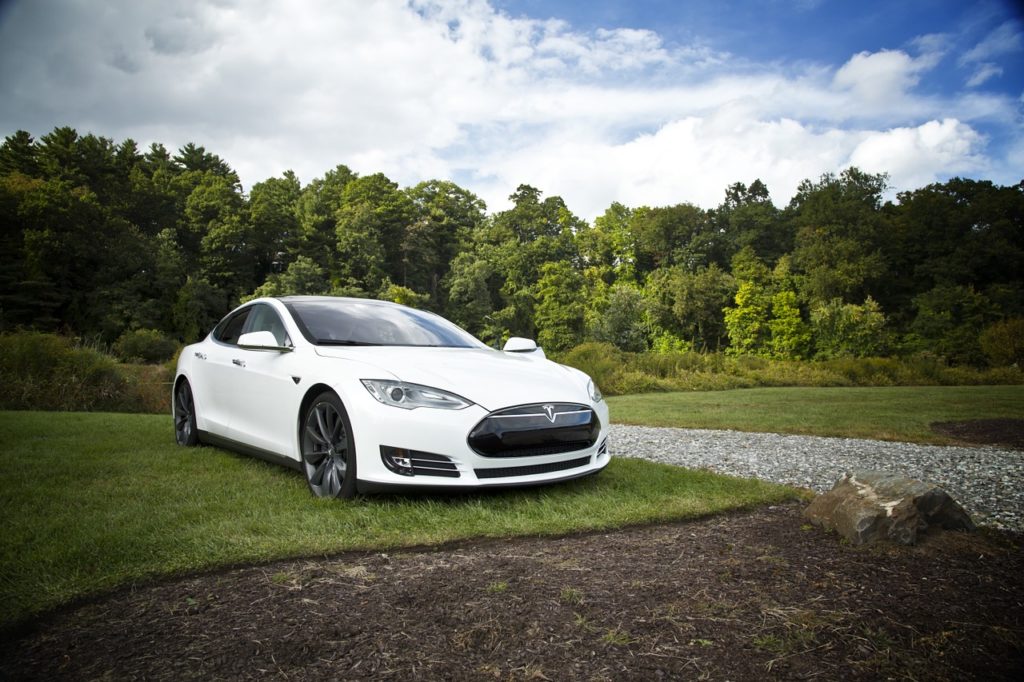A car rolls down the road with no driver while passengers serenely read or rest on their way to their destinations. Sound like science fiction to you? It still does to most Americans, but the truth is that self-driving cars are closer than you might think.
The necessary technology is already being used by cars to help avoid collisions, keep drivers from drifting, and helping to automatically brake. The full implementation of self-driving cars is contingent on widespread consumer acceptance and more testing.
Eventually, however, self-driving cars are poised to cause significant changes to our economy. The disruption has both positive and negative implications, and we will examine both here.
How do self-driving cars work?
Before we look into the economic implications of self-driving cars, let’s first define what a self-driving car actually is and how it works. Researchers often define the level of autonomy of self-driving vehicles on a scale from 0 to 5.
In such a system, level 0 means all systems are human-controlled. Level 1 means certain systems, like cruise control or automatic braking, can be controlled one at a time by the car. Level 2 means at least two simultaneous automated functions are offered, but humans are still necessary for safe operation. Level 3 means the car manages all safety-critical functions, but the driver must take over when alerted. Level 4 is a fully autonomous car in some scenarios, but not all. Level 5 is a car capable of self-driving in every situation.
Self-driving cars create and use an internal map of the surrounding environment. Next, they use software to process this data and plot routes. Then, the data is sent to the car’s actuators (which control braking, steering, and acceleration). The potential also exists for “connected” self-driving cars, which would mean the cars are communicating with other cars on the road and next-generation traffic lights.
Most of the autonomous car prototypes that exist now don’t yet have this capability, but the possibilities are exciting. Many of the concerns with safety center around the car’s perceived unpredictability or potential to misinterpret signals. An all-autonomous car scenario where the cars are constantly communicating with other cars on the road has the potential to eliminate these fears.
In actuality, safety concerns around self-driving cars should be centered on the remaining human-operated cars on the road. Humans can react in unpredictable ways that artificial intelligences might have trouble interpreting.
What are the economic implications of self-driving cars?
The potential for self-driving cars to impact the economy and the environment are staggering. Nearly $800 billion dollars in social and economic benefits are projected by the year 2050.
Commuters could see an increase in productive time that was lost to driving to and from work before. Autonomous vehicles would allow passengers to answer emails and engage in work calls or activities while getting to the office, gaining back over $100 billion in productive time.
Congestion on the roads could be reduced significantly. We could also see a nearly $58 billion savings in oil consumption, reducing our nation’s dependency on oil and gas.
Some of these savings depend on changes to the nature of driving itself and potentially in the way cars are owned. Increased ride shares and a more widespread use of electric vehicles could have an extraordinary impact on the environment, reducing emissions and pollution in cities where traffic congestion is high.
Traffic problems could decrease, since autonomous cars will automatically find the most efficient routes and won’t participate in the human behaviors that impact traffic flow (like slowing down for accidents or police, not merging efficiently, etc.).
Autonomous vehicles are likely to impact around 4 million jobs, quite a low amount considering the potential $800 billion boost to the economy overall. Many of the jobs impacted will come from the commercial sector of industries currently reliant on human drivers. This includes everything from school bus drivers to long-haul truckers.
Many of these workers will likely lose their jobs, but the long-term effects on companies and the economy are actually positive. There is currently a massive shortage of long-haul truckers in the commercial industry, and the shortage is beginning to impact company’s balance sheets.
Are autonomous vehicles safe?
We mentioned concerns with safety over self-driving cars earlier, but let’s look more closely at the possible benefits. Autonomous vehicles stand poised to decrease the number of accidents in every category—fatal, injury, and non-injury—saving thousands of lives and billions of dollars.
In the year 2017, there were more than 30,000 fatal car crashes in the United States. Autonomous vehicles can improve these statistics massively. Human error would be virtually eliminated, and car crashes might be a thing of the past.
We aren’t quite there yet with autonomous vehicles, but there is potential to see massive savings in our economy and increases in safety. Jobs will be lost, but new ones will be created, and we are likely to see a major economic boost in the long run.

